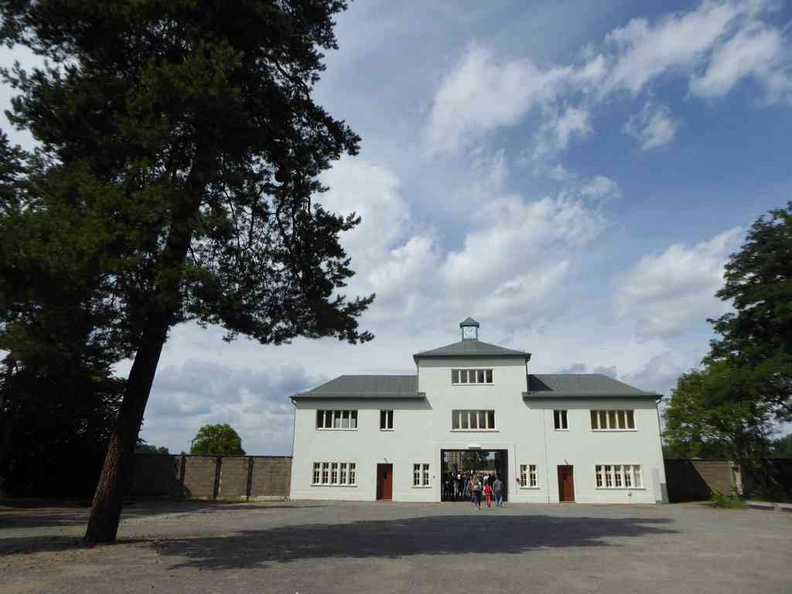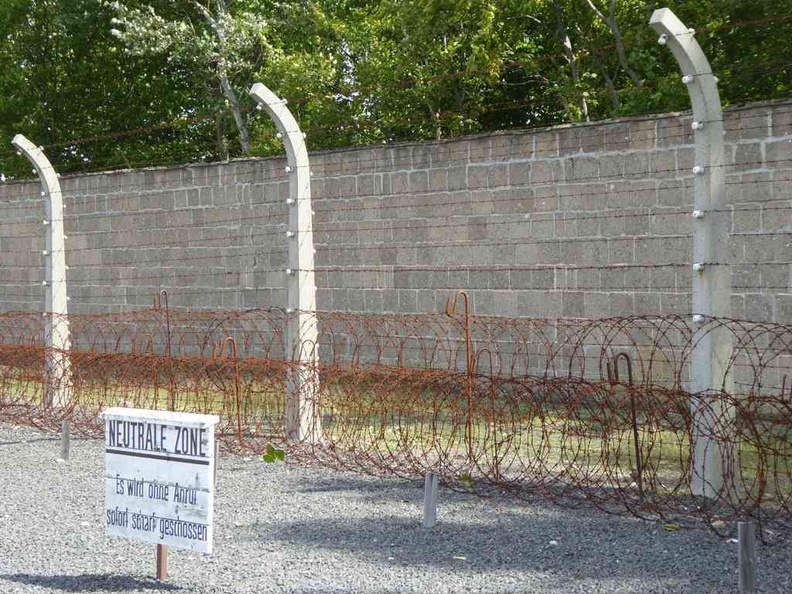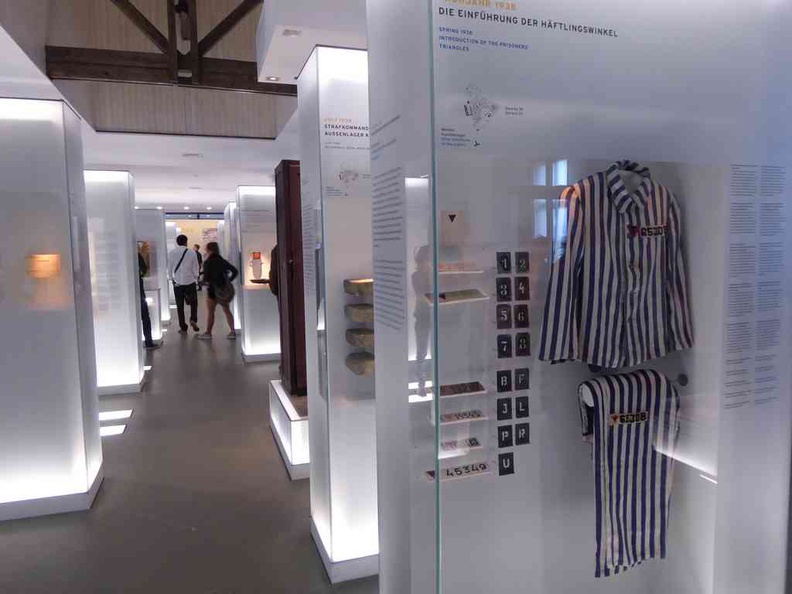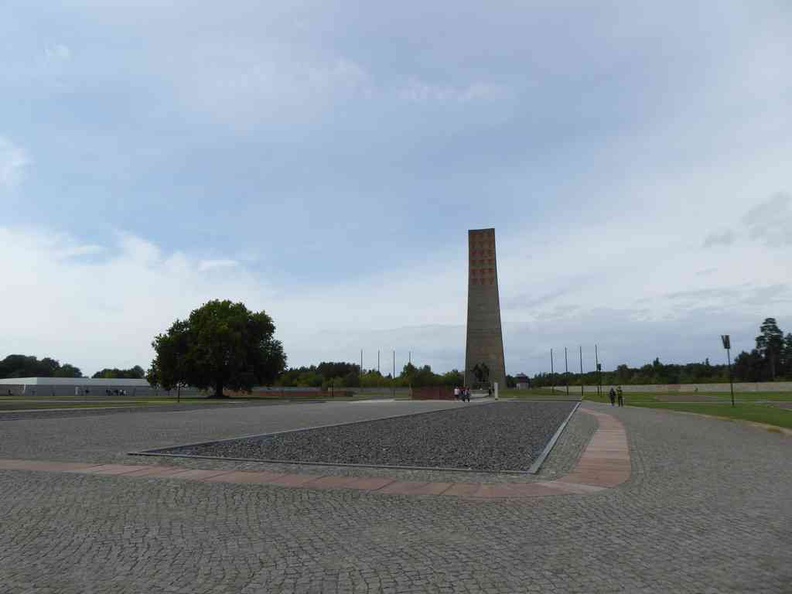On my history explorations, today let’s pay a visit the Sachsenhausen Concentration camp. It is one of the more grim aspects of World War 2 during the Nazi Germany regime.
In addition, Sachsenhausen, also known as Sachsenhausen-Oranienburg was a German Nazi concentration camp in Oranienburg, Germany. The camp is located at Str. d. Nationen 22, 16515 in Oranienburg, Germany. Also, you can get to Oranienburg, Germany from rail from Berlin central. All you need is a 3 zone rail ticket (costing about €10) which you can purchase from Berlin central for an 30-45 minute S-Bahn journey there.
A concentration death camp
Moreover, on bit of history, the German Nazi concentration camp operated from 1936 until the defeat of Nazi Germany in May 1945, where the camp was liberated by the Polish Army’s 2nd Infantry Division.

Unlike the Auschwitz camp which served the German-Nazi regime as an extermination camp, Sachsenhausen mainly held political prisoners throughout World War II.

Also, the Oranienburg concentration camp also took in additional prisoners of war from the Esterwegen concentration camp and Columbia concentration camp when they closed on July 1936. Still it is a still a solemn place. You enter the camp through gates saying “Arbeit macht frei” (with work comes freedom). Little do they know what is so wrong with the phrase.

Despite housing nearly 200,000 inmates, almost 100,000 died within the camp. Also, the prisoners were fed sparingly, inhumanely treated, and killed openly. Various exhibits in the museum tell these stories.
Today, the camp is now a memorial and a museum. It educates on the atrocities of the war in hope that it won’t happen again. As the saying goes, the worse way to deal with history is not to heed it.
A place of suffering
It mainly held political prisoners throughout World War II, notable most of political dissidents as well as military soldiers. Also, prisoners were classified using unique tags on their uniform. These are on display in the interior museum galleries which houses various recovered artifacts.
Moreover, you can do a walk through of the various jail cells and cramped camp accommodations. Some of them used to house notable prisoners with details placed in each cell.

Interestingly, notable prominent prisoners held in this camp included Yakov Dzhugashvili (Joseph Stalin’s oldest son), Francisco Largo Caballero, the Prime Minister of the Second Spanish Republic.
It also housed the family of the Crown Prince of Bavaria, Stepan Bandera, the Ukrainian nationalist leader assassin Herschel Grynszpan, Paul Reynaud.

Also, in the eyes of the war, this camp served more as a concentration and labour camp. Also, unlike the Auschwitz camp in Poland which purpose is more of an extermination camp.

Moreover, facilities wise, the Sachsenhausen Concentration and labor camp. It comprises of several sub-camps, each with their own enclosure. Facilities supporting it includes a gas chamber used to mass-exterminate prisoners. Also, these underground structures are built to efficiently and silently mass-kill prisoners.

There is also a medical experimentation building where inhumane experiments were conducted. You can enter and view a bombed out gas chamber. The chamber walls are decorated with several artworks painted by prisoners during their stay.
Camp triangle geography
Moreover, forced prisoner labour cleared 80 hectares of forested land and completed the camp by 1937. Also, the prisoners erected the barracks and SS guards’ quarters, as well as the officers’ families housing for the SS.

Also, the camp is isosceles-triangle shaped with 600m sides. The inner camp or “protective custody” internment camp are where the prisoners reside. The perimeter electric fences are fatal when touched.

Additionally, a main tower called “Tower A” sits in the center of the camp triangle layout. The tower served as a central control point, over watching the entire camp by on-duty SS command staff. Also, this Tower A is connected to the SS troop camp outside the prison areas.
180 degree Panorama of camp Memorial Grounds
Furthermore, touted was Sachsenhausen new “modern age” concentration camp design. The camp could be expanded in size via traditional means of tacking on new areas.
Camp expansion
Sachsenhausen initially started out at 18 hectares in area with few camp buildings. The labour camp eventually grew to cover 400 hectares. The camp grounds were designed by German Bernhard Kuiper, Himmler. Prisoners live in long houses with cramped bunk beds and poor sanitation facilities.

Also, to isolate certain groups of prisoners, the Nazi regime installed two huts called Sonderlager “A” and “B”. They were built in 1941 north of the main camp perimeter for “special prisoners”.

Additionally, the southern of the camp of the perimeter resides an infirmary, and the camp prison on the east. The camp kitchen and camp laundry were mainly used to serve the SS guards residing and running the camp.
When the camp demands grew, the camp’s perimeter compound expanded northeast of the camp’s entrance gate to accommodate the new grounds. As the camp took in more prisoners, capacity became grossly inadequate. This led to severe overcrowding. Subsequently, the camp expanded in 1938 with a new rectangular area known as “the small camp”.
Sachsenhausen Memorial Tower

Today, most of the camp compound are large empty plots of land, with most of the original buildings destroyed during the war. You can take a walk through the camp grounds, exploring the various bombed out buildings the German tried to destroy as evidence of the camp.
Wrapping up, the center of the Sachsenhausen camp sits a tower memorial marked with 18 triangles at the top. The memorial is dedicated in memory of the political prisoners, Jehovah’s Witnesses, Soviet POWs, Poles, Jews, Homosexuals and Freemasons who died.

Also, in the bombed out underground building areas where the gas chambers and crematorium reside, you can also find a Jewish memorial, dedicated to Jews killed in concentration camps during the war.

All in all, you are good for Berlin Sachsenhausen Concentration Camp for an entire day trip, with transport time included from the city of Berlin. Especially if you wish to explore all the museum galleries and tour the various camp grounds. The memorial museum is open 8:30 am to 6 pm daily.





























[…] compared to the Berlin Sachsenhausen camp, which you can visit as a day trip from the German City of Berlin, this Poland concentration camp […]